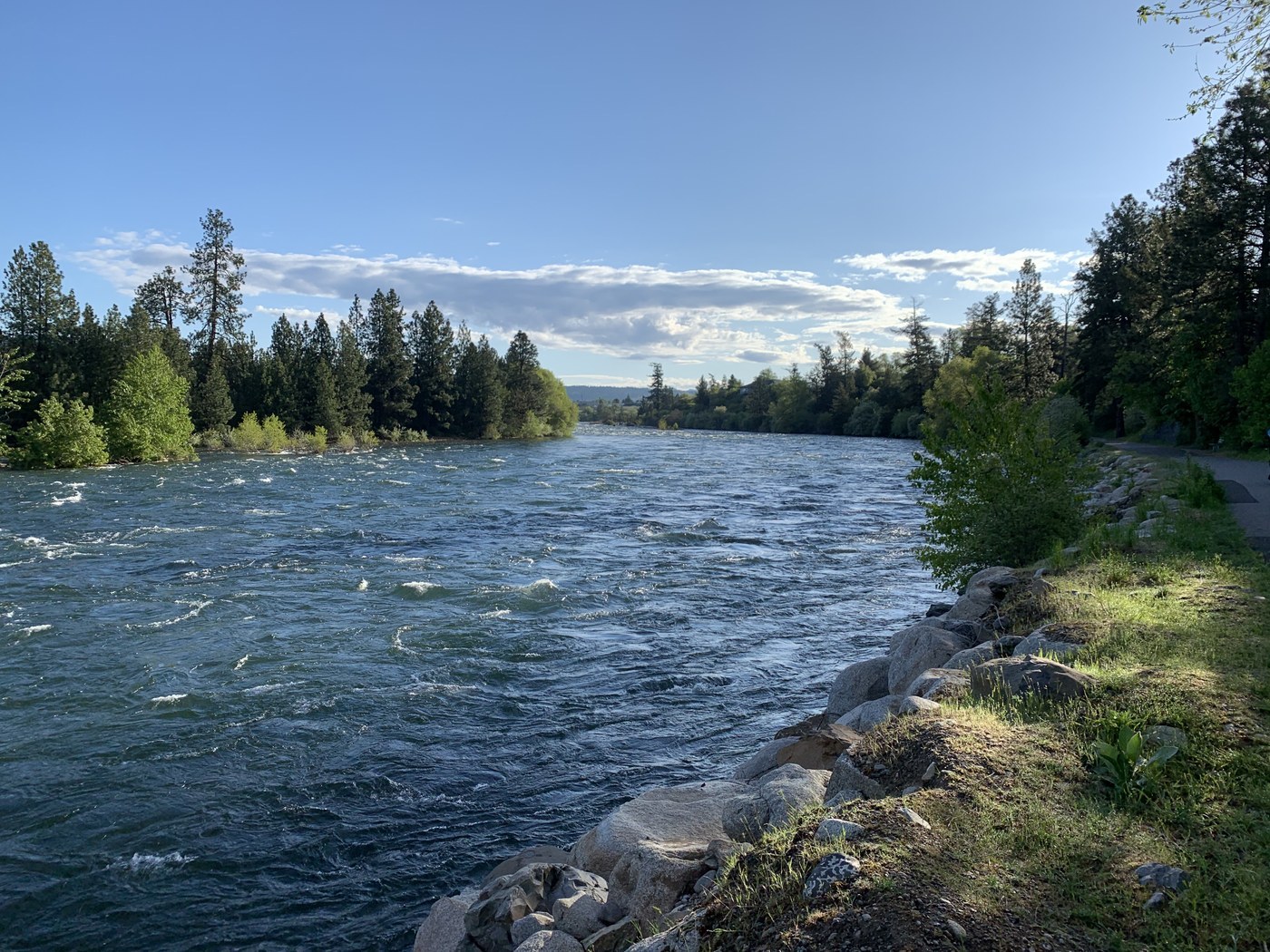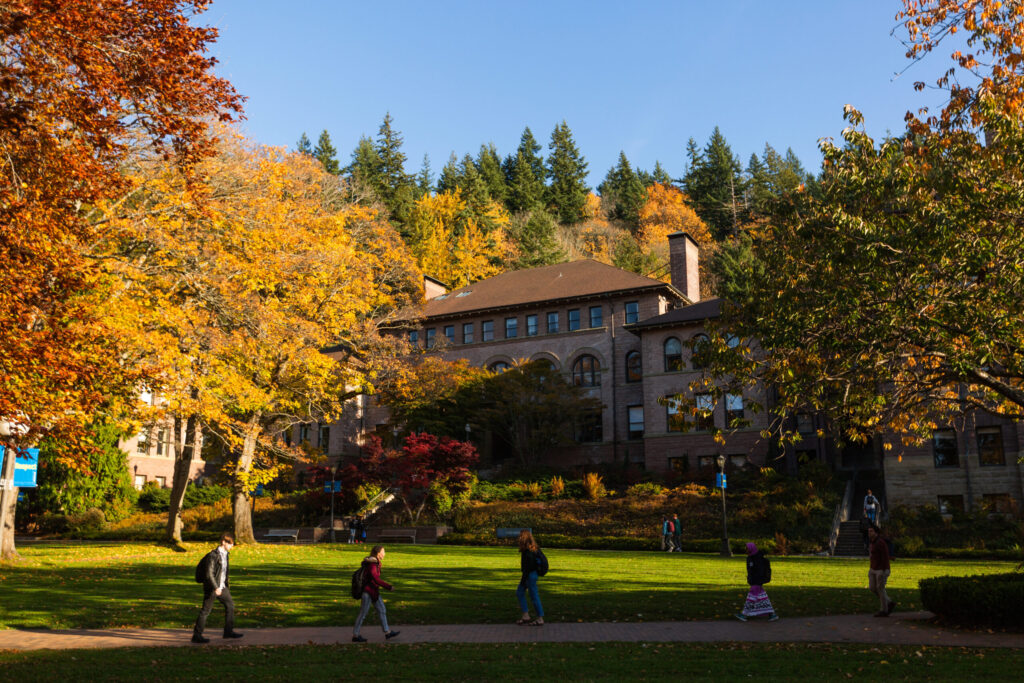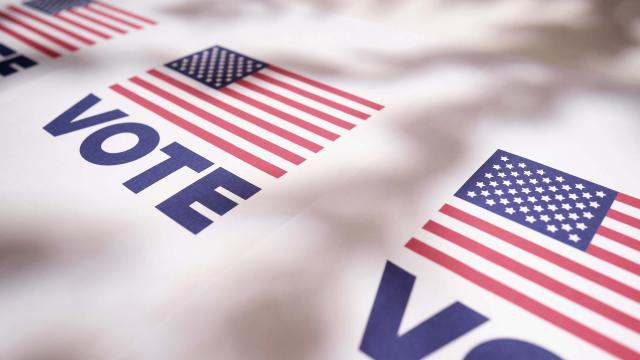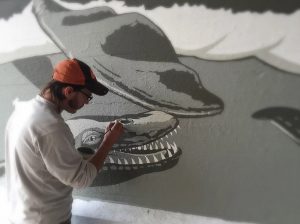Recreation on the Spokane River

With earlier spring high flows and an earlier and extended summer low-flow period, future whitewater conditions may cease as early as June
SPOKANE
The Spokane River is arguably Spokane’s top natural attraction, especially during the spring and summer months when outdoor enthusiasts and visitors spend more time along or on the river. As the Spokane area’s primary source of visitor information, the organization Visit Spokane encourages visitors to float down the river, paddleboard, fish, or simply take in the scenery from along the shoreline (Visit Spokane 2019). It is no surprise that summertime recreation activities associated with the river have a significant economic impact for our region. According to a 2015 report from Washington’s Recreation & Conservation Office, the total annual economic contribution of all types of outdoor recreation in Spokane County amounted to nearly $1.2 billion and 12,500 jobs annually (Washington State Recreation & Conservation Office 2015). Although not broken down at a county level, annual state expenditures on non-motorized boating and rafting activities have been estimated to exceed $640 million (Briceno and Schundler 2015).
Several individuals representing local paddling organizations and commercial rafting enterprises were interviewed in an effort to determine potential ramifications to recreational users and businesses from an earlier high streamflow and extended summer low-flow on the Spokane River. Although qualitative information from the individuals was mixed, a few common themes came out of the discussions. The first is that the lower portion of the river between Spokane Falls and Nine Mile Reservoir—which includes the Spokane River Gorge, the Bowl & Pitcher rock formation, and the Devil’s Toenail whitewater rapids—relies on a minimum flow of approximately 2,500 cubic feet per second (cfs) for commercial rafting companies and most kayakers to safely navigate the section
Once flow drops below 2,000 cfs, all but the most extreme kayakers are limited to milder “float” trips that include longer sections of calmer water. Historical trends in streamflow typically allowed rafting companies to market whitewater trips through this section of the Spokane River during the month of June, when school is out and many Americans begin their summer vacations. With earlier spring high flows and an earlier and extended summer low-flow period, future whitewater conditions may cease as early as June, according to our analysis. This means that optimum whitewater conditions could shift from June to May, resulting in a reduced consumer base. (Rains 2019). This would limit local rafting companies from capitalizing on summer tourism. Although representatives of the commercial rafting companies contacted for this report recognized existing and potential financial impacts from an earlier whitewater season on the Spokane River, they also reported that they already mitigate for seasonal variations through a variety of methods, including operating on multiple regional rivers, highlighting scenic float trips on the Spokane River versus whitewater trips, and/or by offering other types of river activities, such as tubing. Representatives also indicated that while the instream flow rule is not as favorable to recreational use as they would prefer, the rule does mitigate against potential extreme low flow conditions occurring in mid to late summer. Rafting company representatives also noted that during the last several years, smoke from seasonal wildfires has had an even greater detrimental effect on river use than streamflow.
Reported by Karl Rains (WA Department of Ecology), John Porcello (GSI Water Solutions, Inc.), Kara Odegard (Measure Meant), Jule Schultz (Spokane Riverkeeper), and Brad Morin (Spokane Riverkeeper)













